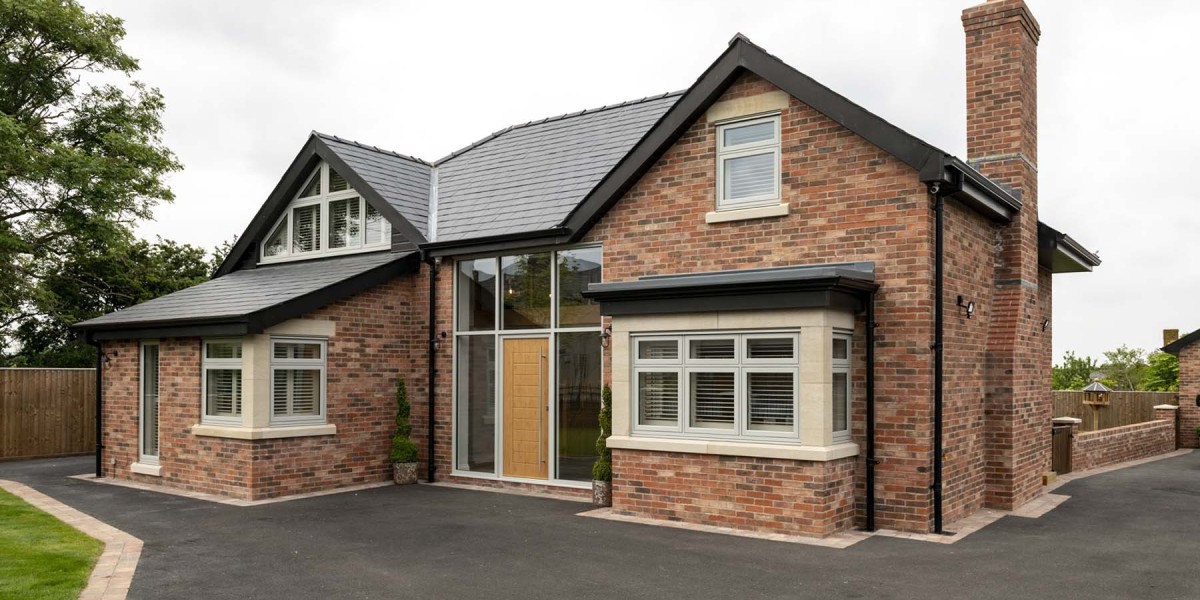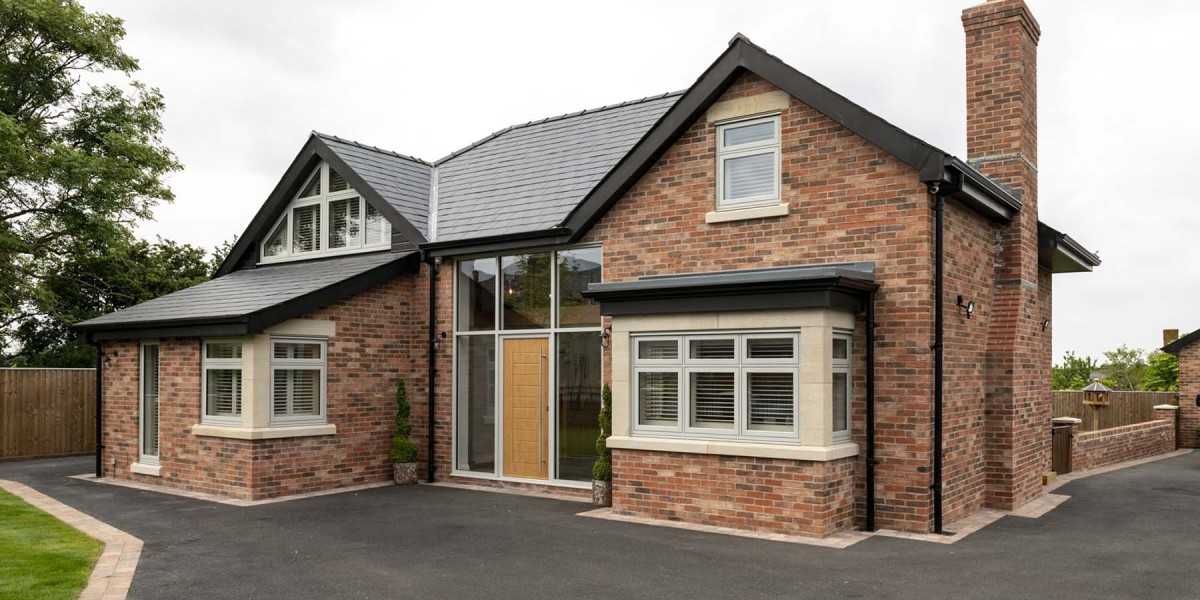Environmental, Social, and Governance (ESG) goals are no longer optional. For businesses, developers, and governments, they have become a framework to measure long-term resilience, responsibility, and reputation. Architecture plays a central role in this conversation because the built environment directly influences sustainability outcomes.
Sustainable Architecture Firms are proving to be leaders in this area, not just by meeting compliance standards but by embedding ESG principles into every stage of design and construction. Below are three key ways they consistently excel in aligning their projects with ESG goals.
1. Reducing Environmental Impact Through Smarter Design
Energy Efficiency as a Core Principle
One of the most critical contributions to ESG performance comes from energy-efficient buildings. Sustainable firms prioritize natural light, passive heating and cooling, and renewable energy integration. This reduces both operational costs and carbon footprints, creating measurable environmental benefits while lowering long-term expenses for clients.
Material Selection With a Purpose
The materials chosen for a project tell a story about its sustainability. Firms committed to ESG goals select responsibly sourced wood, recycled metals, and low-emission composites. These decisions not only reduce embodied carbon but also demonstrate accountability in supply chains, a growing focus in ESG reporting.
Waste Reduction Strategies
Beyond design, firms actively address construction-phase waste. By using modular elements, precise digital modeling, and adaptive reuse of existing structures, they minimize landfill contributions. Waste reduction strategies show clients and regulators that sustainability is more than a buzzword—it is a measurable outcome.
2. Driving Social Value Through Community-Focused Design
Spaces That Promote Wellbeing
Sustainable architecture is not just about the environment; it is also about people. Firms incorporate natural lighting, indoor air quality improvements, and access to green spaces to support occupant health. Studies confirm that healthier work and living spaces increase productivity, reduce absenteeism, and improve overall satisfaction.
Accessibility and Inclusion
A strong ESG framework demands inclusivity. Leading firms ensure projects meet or exceed accessibility standards, creating spaces usable by individuals of all abilities. This reflects a commitment to equity and demonstrates that architecture can shape more inclusive communities.
Community Engagement in the Process
Sustainable firms excel at involving communities early in project planning. They hold workshops, surveys, and forums to gather feedback and ensure developments serve broader social needs. This engagement prevents conflicts, builds trust, and results in spaces that resonate with the people who use them.
3. Governance and Long-Term Accountability
Transparent Reporting and Certification
Accountability is a defining factor of ESG success. Top firms pursue certifications such as LEED, WELL, or BREEAM to demonstrate compliance with measurable standards. Transparent reporting reassures stakeholders that sustainability claims are backed by third-party validation, reducing reputational risks.
Risk Management in Design Choices
Governance also means managing long-term risks. Sustainable firms evaluate climate resilience, building safety, and adaptability before finalizing plans. Designing for future risks, whether rising temperatures or stricter regulations, ensures the investment remains viable over decades.
Ethical Partnerships and Supply Chains
Strong governance is about who you work with. Leading firms carefully vet suppliers and contractors to ensure labor practices and environmental standards align with project goals. This approach helps reduce the risk of ESG violations tied to unethical sourcing or unsafe labor conditions.
Bullet Point Insights on ESG Excellence
Measurable Environmental Impact: From carbon reduction to energy savings, firms demonstrate tangible outcomes rather than vague claims. Clients value data-driven proof of performance.
Human-Centered Spaces: Projects prioritize wellbeing, accessibility, and inclusivity, ensuring that social value is a cornerstone of every design. This focus improves community relations and tenant satisfaction.
Governance Beyond Compliance: Certification, transparency, and responsible sourcing strengthen accountability, reducing reputational risks for clients and investors. ESG is framed as a continuous commitment, not a one-time effort.
Each of these points demonstrates how sustainable firms embed ESG into practice rather than treating it as an afterthought.
Conclusion
Sustainability in architecture is no longer optional; it is the foundation for businesses and governments striving to meet ESG benchmarks. Firms that reduce environmental impact, drive social value, and enforce strong governance consistently outperform peers. Their work shows that design choices directly affect carbon footprints, community wellbeing, and long-term resilience.
This is why developers and investors must evaluate the expertise of partners when pursuing ESG-focused projects. The role of architecture firms San Diego CA and other leaders in the field highlights how local expertise can drive global impact. Choosing partners with proven sustainability practices ensures that ESG goals move from aspiration to measurable achievement.







